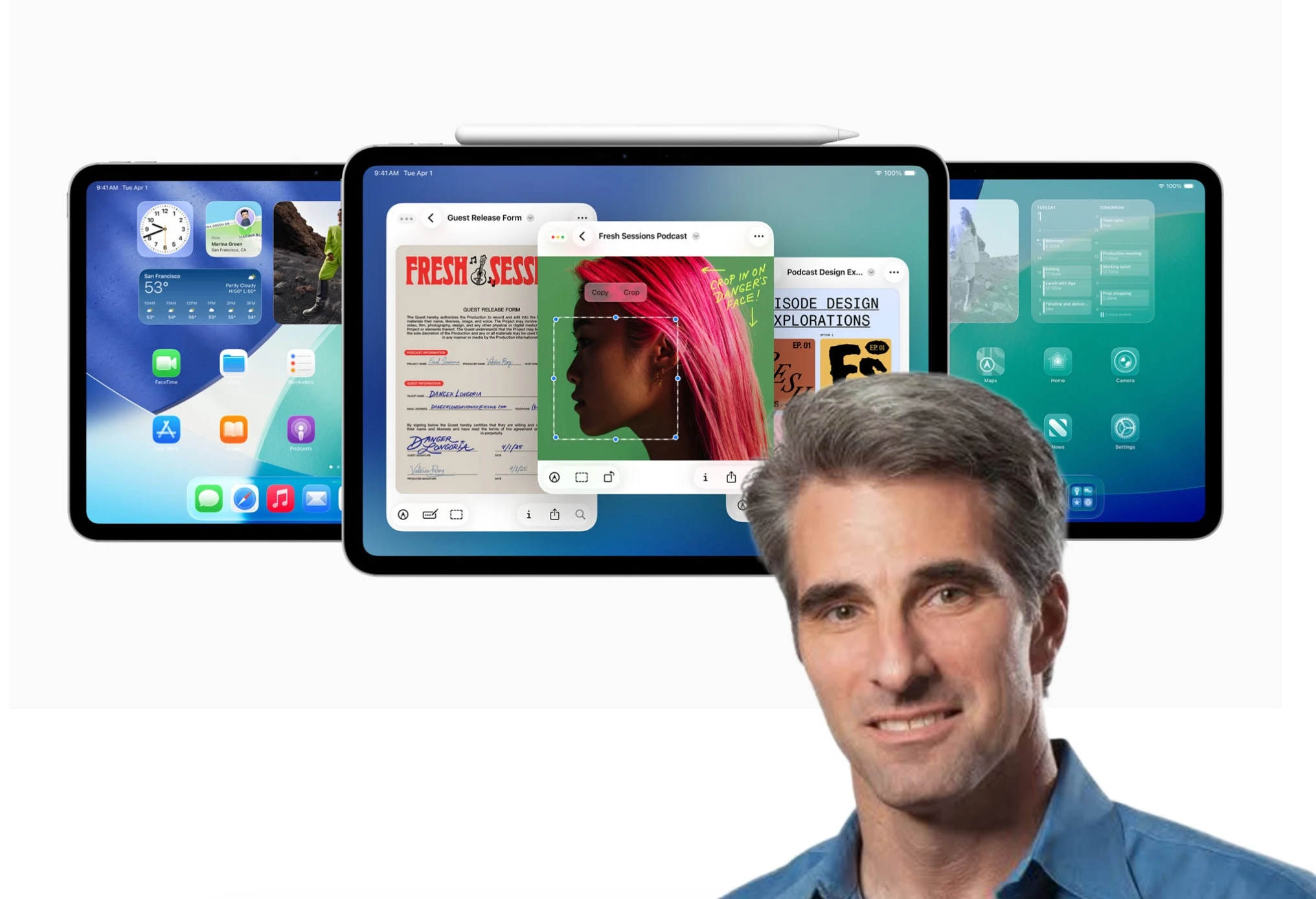Key Takeaways
1. Recent updates to iPadOS introduced true window management and resizing options, enhancing multitasking capabilities.
2. Apple has no plans to release a full version of macOS for iPad, as iPadOS is designed for touch functionality.
3. Craig Federighi emphasized that running macOS on iPads would detract from the iPad’s unique features.
4. iPadOS balances user-friendliness with more advanced features for users who want to explore complex workflows.
5. Apple aims to keep iPad and Mac distinct, catering to different user needs and experiences.
Apple iPad lovers have long voiced their frustrations about the absence of desktop-level software features. Recently, many of these users felt a surge of excitement during last week’s WWDC, where significant enhancements to iPadOS multitasking were unveiled. For the first time, iPad users can enjoy true window management and resizing options, thus narrowing the divide between macOS and iPadOS just a bit more.
Why No macOS on iPad?
Nonetheless, some individuals might be curious about why Apple hasn’t rolled out a full version of macOS for the iPad, especially since both systems share similar architecture. In a recent conversation with Rafael Zeier, Craig Federighi, Apple’s software chief, shed light on this topic. He explained that iPadOS is specifically crafted for touch functionality, whereas macOS simply isn’t suited for that. He also mentioned that running macOS on iPads would “take away what makes iPad special.”
Keeping It Simple Yet Complex
The design of iPadOS preserves the device’s user-friendly nature while also offering those who seek more sophisticated features the ability to explore them at their own speed, maintaining a balance between simple and complex workflows.
Since Apple has never indicated a desire to make macOS work with touch input, Craig’s comments are quite logical. For the foreseeable future, iPads will stick to touch operation, whereas Macs will keep using traditional input methods. The revamped window management system in iPadOS does a commendable job of bridging the gap. Furthermore, it appears that Apple is keen on keeping the two platforms distinct enough to justify their separate identities, each catering to different types of users.
Source:
Link


Leave a Reply